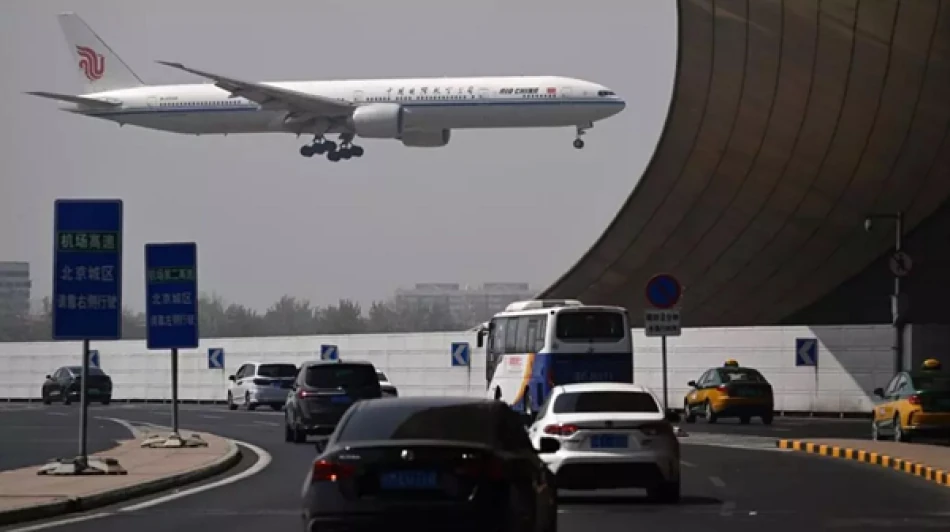
India and China Agree to Restore Direct Air Travel, Boosting Economic Ties
India and China Resume Direct Flights as Economic Pragmatism Trumps Border Tensions
India and China have agreed to accelerate the resumption of direct flights and intensify trade and investment flows, marking a significant step toward normalizing economic relations despite ongoing territorial disputes. The agreement, announced following Chinese Foreign Minister Wang Yi's two-day visit to New Delhi, signals both nations' recognition that economic interdependence outweighs political friction in an increasingly multipolar world.
Breaking the Four-Year Aviation Freeze
Direct flights between the world's two most populous nations have remained suspended since the COVID-19 pandemic began in 2020. While both countries indicated their readiness to resume flights in January, the formal acceleration of this process represents a concrete diplomatic breakthrough.
The suspension wasn't merely a pandemic measure—it coincided with the deadly Galwan Valley clash in 2020, which killed soldiers on both sides and pushed bilateral relations to their lowest point in decades. The aviation freeze became symbolic of broader economic decoupling efforts, particularly from India's side as it sought to reduce dependence on Chinese imports and investment.
Economic Realities Force Diplomatic Pragmatism
Despite political tensions, China remains India's largest trading partner, with bilateral trade reaching $125 billion in 2021-22. Indian businesses, particularly in pharmaceuticals, electronics, and manufacturing, have struggled with supply chain disruptions caused by the aviation suspension.
The agreement extends beyond flights to include streamlined visa processes and enhanced exchanges between media and researchers—moves that suggest both governments recognize the unsustainability of their economic separation.
Strategic Implications for Regional Trade
This rapprochement comes as both nations face economic headwinds. China's post-COVID recovery has been slower than expected, while India seeks to maintain its position as the world's fastest-growing major economy. Restored connectivity could provide mutual benefits: Chinese manufacturers gain access to India's massive consumer market, while Indian companies can tap into China's advanced supply chains and technology.
Lessons from Other Regional Powers
The India-China normalization mirrors similar pragmatic approaches elsewhere in Asia. Despite territorial disputes, Japan and South Korea have maintained robust economic ties with China, recognizing that regional prosperity depends on interconnected trade networks. Even amid tensions over Taiwan, business communities in both mainland China and Taiwan continue pushing for maintained economic links.
The resumption also reflects a broader trend of Asian economies prioritizing trade relationships over political disagreements—a stark contrast to the more ideologically driven economic policies seen between the US and China.
What This Means for Investors and Markets
For global investors, the India-China thaw represents significant opportunities. Aviation stocks in both countries are likely to benefit immediately, while sectors like tourism, logistics, and cross-border e-commerce could see renewed growth.
More strategically, the agreement suggests that despite geopolitical tensions, Asia's economic integration will continue deepening. This could influence supply chain decisions for multinational corporations that have been hedging between the two markets.
The move also validates India's emerging foreign policy doctrine of compartmentalizing economic and political relationships—a sophisticated approach that allows New Delhi to engage economically with Beijing while maintaining strategic partnerships with Washington and other Western allies.
Most Viewed News

 Layla Al Mansoori
Layla Al Mansoori






